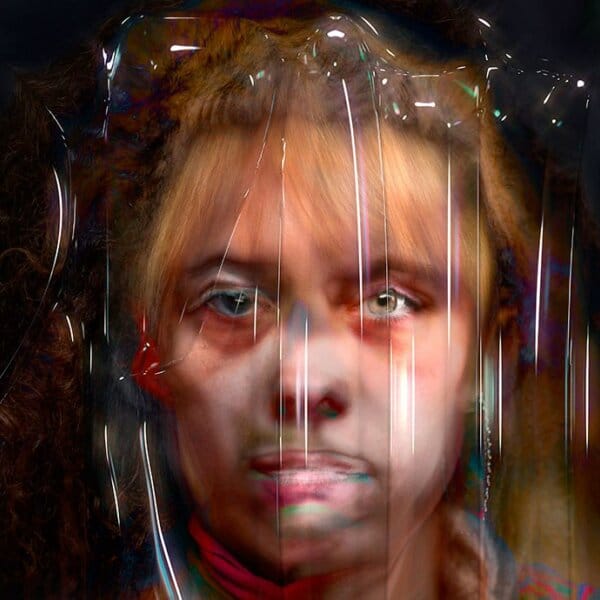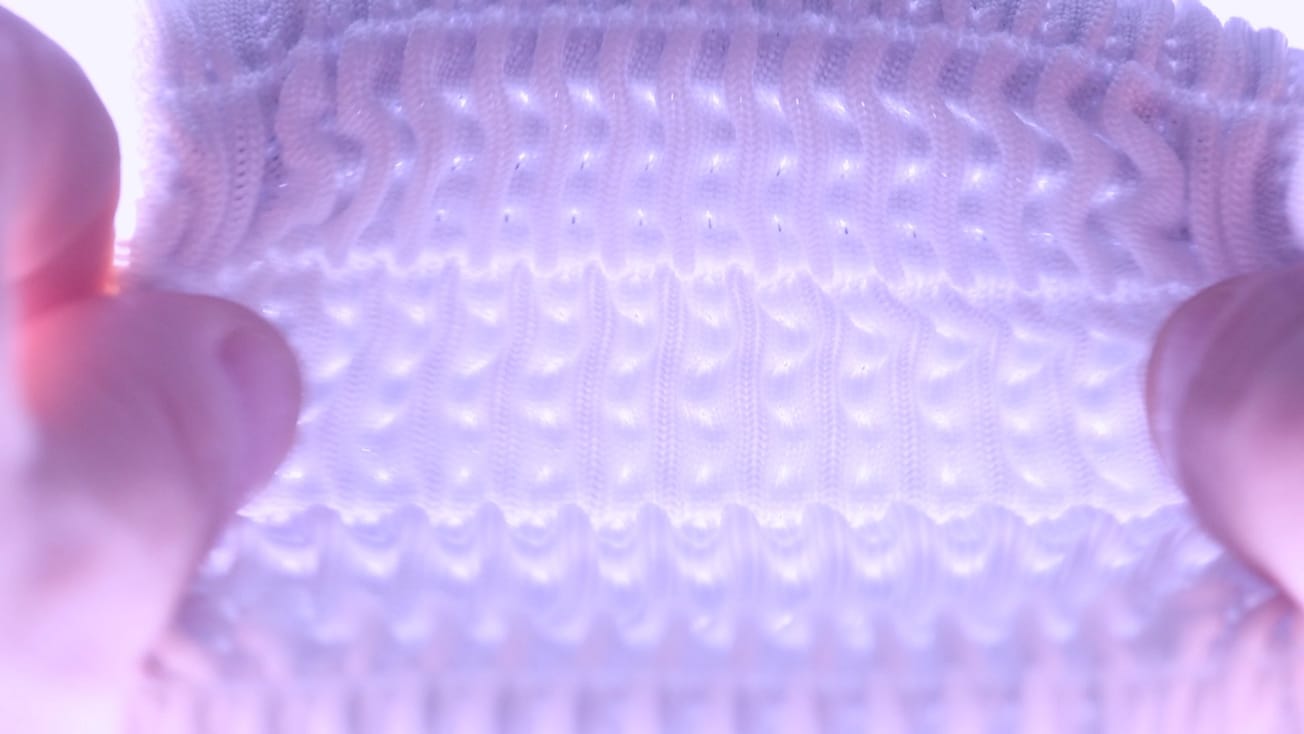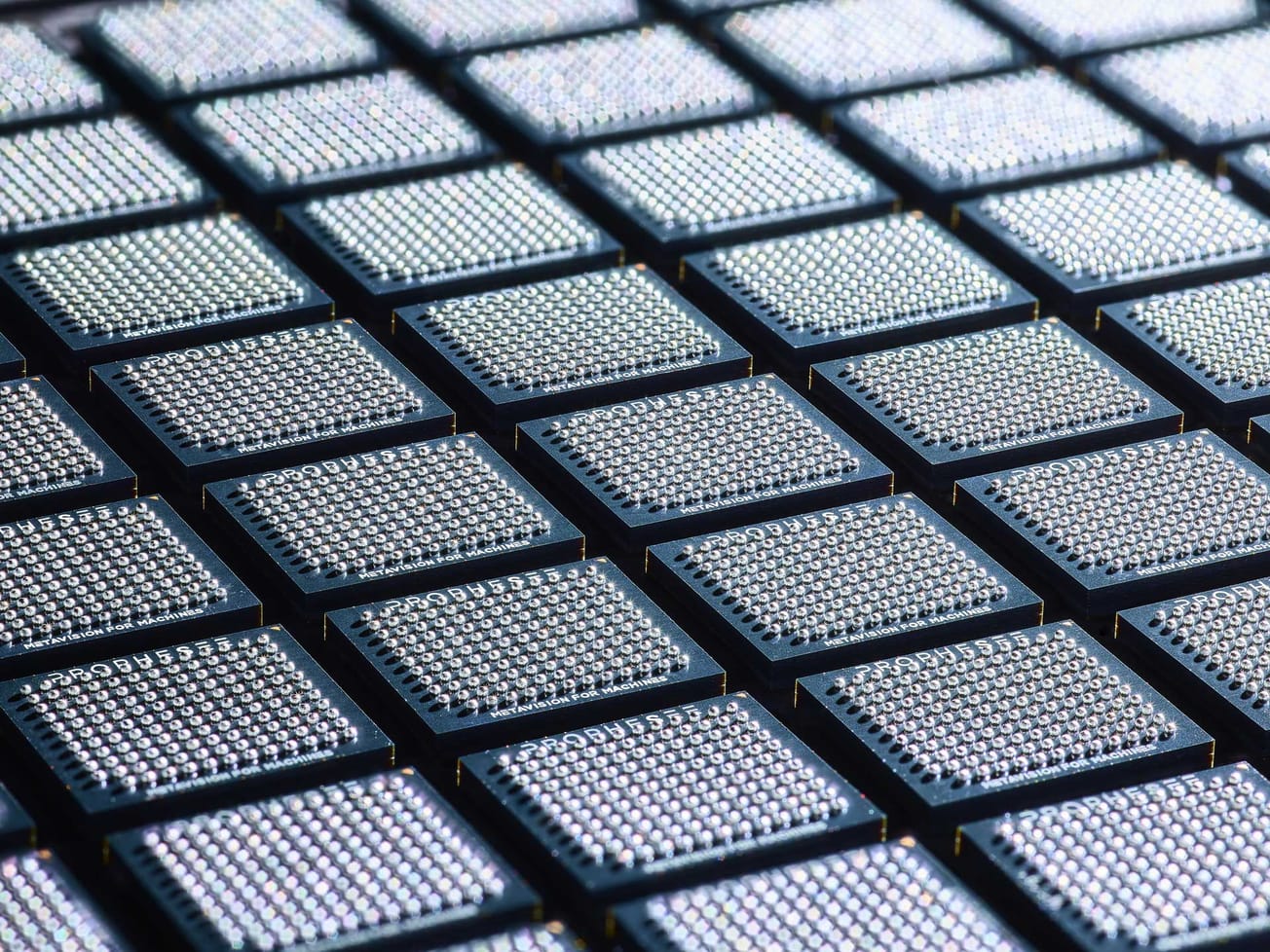Long before artificial intelligence tools for content creation entered the creative lexicon with software such as DALL-E, Midjourney, and Stable Diffusion, Harold Cohen created AARON.
Harold Cohen (1928-2016) was a distinguished British painter whose explorations led him to become a computer art pioneer and have a profound influence on the emergent intersection of art and technology. Born in London, Cohen initially trained as a painter, studying at the Slade School of Fine Art and later receiving a Fulbright Scholarship to study in the United States. Cohen’s work laid the foundation of AI as a tool and a process in artmaking and future conceptions of creativity, authorship, and collaboration in the context of AI. Perhaps making him the father of Art + AI?

Driven by the underlying question, "What are the minimum conditions under which a set of marks functions as an image?" Cohen began his development of AARON, an artificial intelligence program intended to autonomously generate compositions, during the early 1970s.
Initially producing fairly abstract compositions, Cohen refined the software over time, resulting in increasingly representational imagery depicting spaces and figures. AARON underwent several developmental stages, initially coded using FORTRAN and the C programming language before transitioning to Lisp in the early 1990s. Despite its evolution, AARON remained a closed-source program, with its source code remaining unavailable to the public. Cohen continued to enhance AARON until his passing in 2016, ensuring its continuous development over the decades.
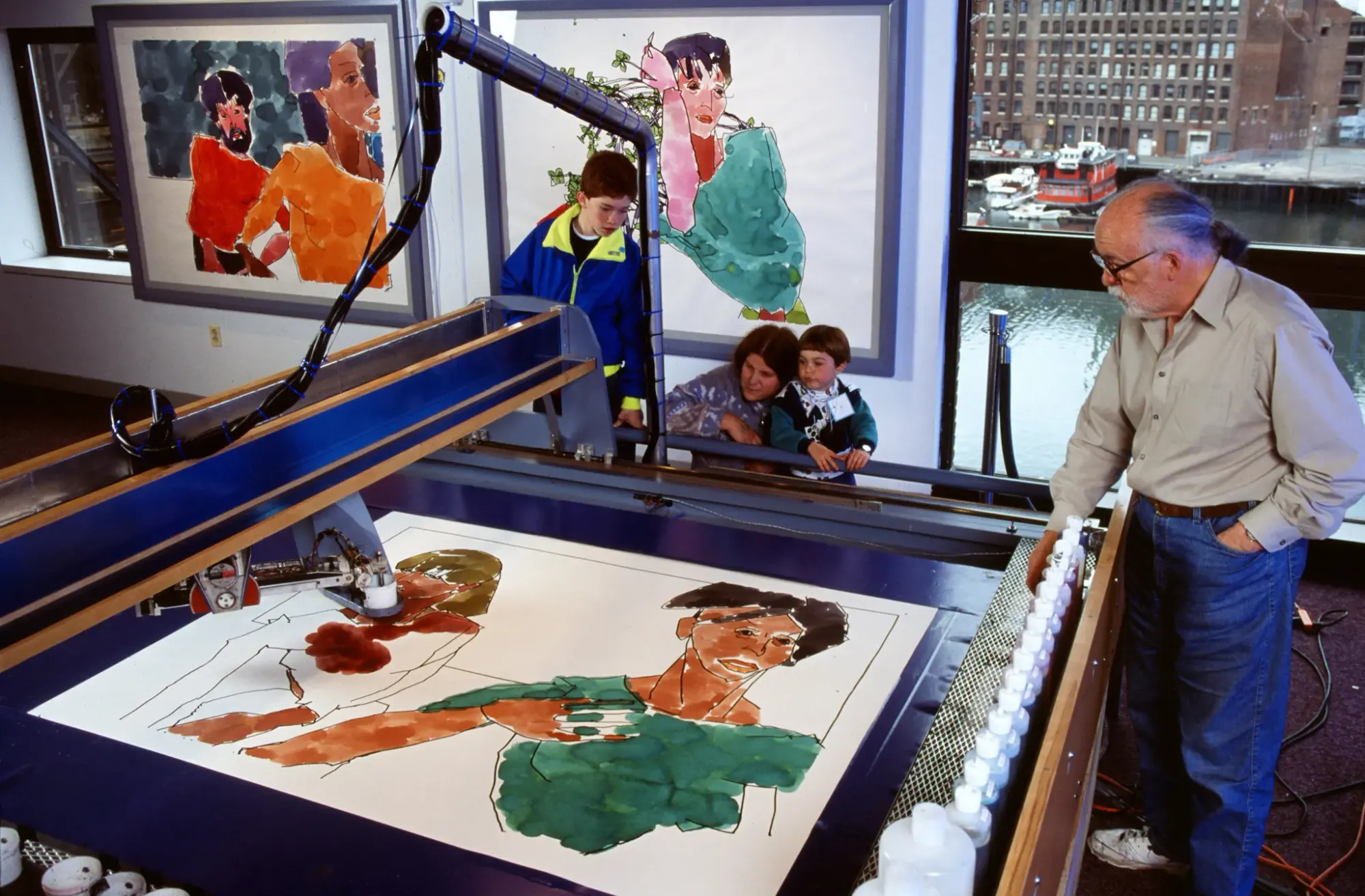
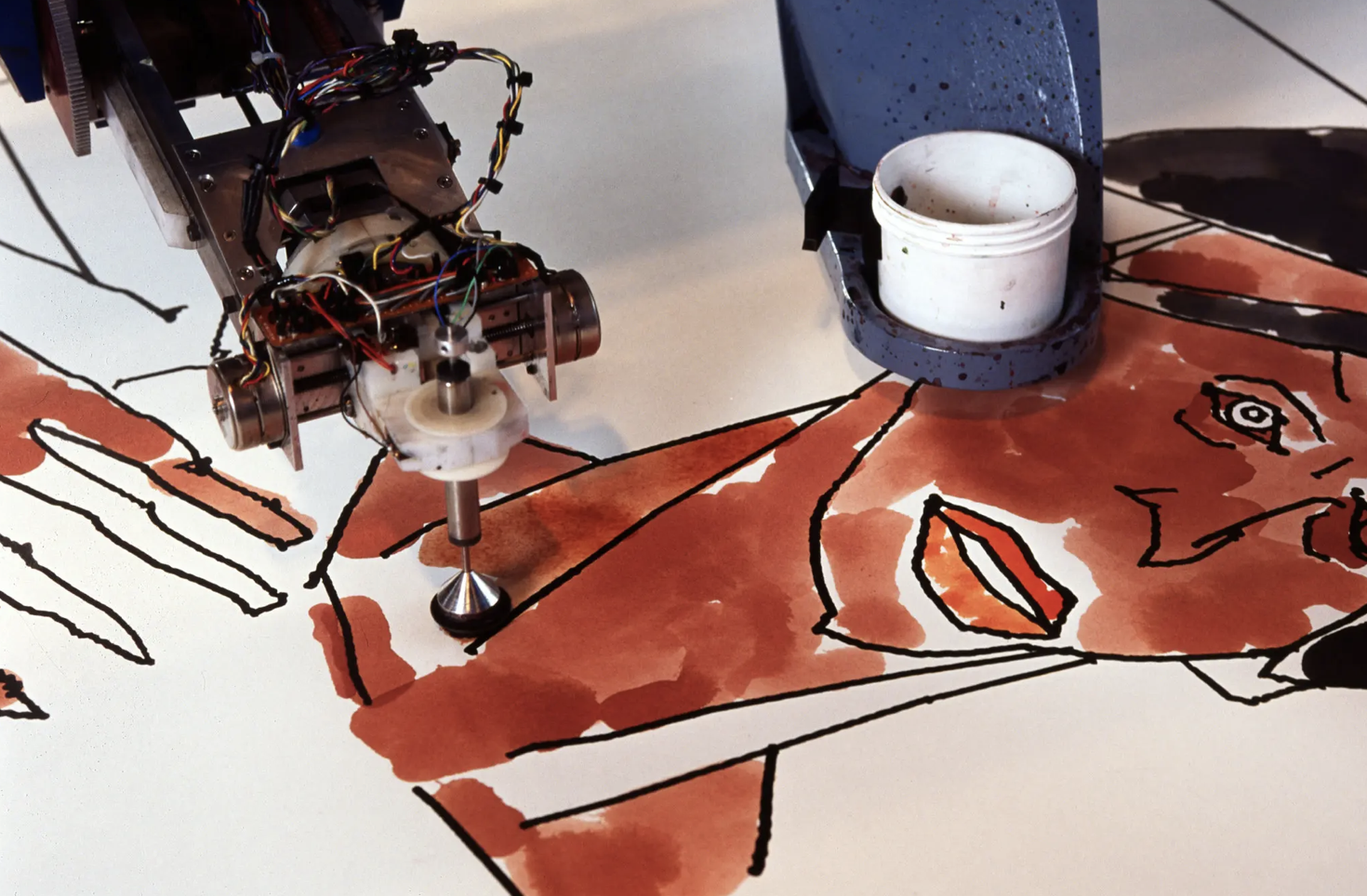
According to Cohen, “In all its versions prior to 1980, AARON dealt exclusively with internal aspects of human cognition. It was intended to identify the functional primitives and differentiations used in the building of mental images and, consequently, in the making of drawings and paintings. The program was able to differentiate, for example, between figure and ground and inside and outside, and to function in terms of similarity, division and repetition. Without any object-specific knowledge of the external world, AARON constituted a severely limited model of human cognition, yet the few primitives it embodied proved to be remarkably powerful in generating highly evocative images: images, that is, that suggested, without describing, an external world.”
Harold Cohen, lecture on Computer Generated Art, September 23, 1980
When describing his relationship to, and use of, AARON in his creative works, Cohen said, “… perhaps AARON would be better described as an expert’s system than as an expert system: not simply because I have served as both knowledge engineer and as resident expert, but because the program serves as a research tool for the expansion of my own expert knowledge rather than to encapsulate that knowledge for the use of others.”

The Whitney Museum of American Art is featuring an exhibition of Cohen’s work with AARON titled “Harold Cohen: Aaron,” running through June 2024. Visitors can watch, in real-time, the software produce drawings.


